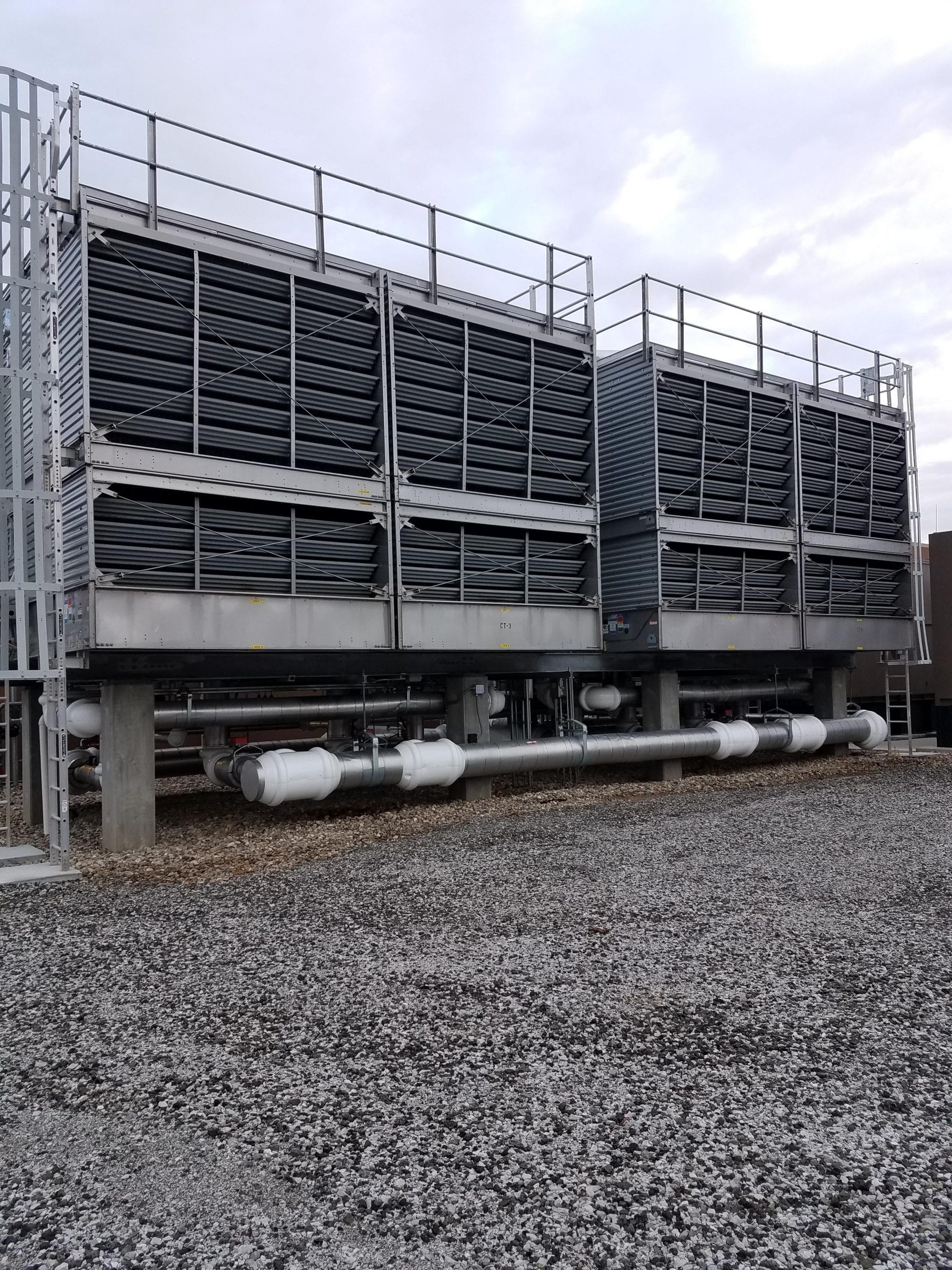Monochloramine: the Science Behind The Reasons Why It’s So Effective against Legionella
Legionella are ubiquitous bacteria with a worldwide spread in natural and artificial water environments, able to survive in a range of environmental conditions. Their ability to colonize our artificial water systems represents a serious concern for public health, since they can cause pneumonia and other respiratory illness (collectively referred to as “legionellosis”), especially in susceptible individuals.
Nowadays, several strategies are available to fight against Legionella and attain water disinfection. However, most of them, while having an appreciable disinfectant power, can also be responsible for significant side effects. This can be seen both on water system conditions, frequently causing corrosion issues, and on human health, due to the potential generation of toxic disinfection by-products.
Working together with Sanipur, the global water treatment chemicals provider, ChemREADY is offering Monochloramine water treatment products to help public facilities combat the spread of legionella. Why Monocholarmine? Why is it so effective as a secondary disinfectant treatment? ChemREADY is offering a detailed handbook that outlines the science behind monochloramine as a legionella treatment strategy.
Key Highlights Include:
- What is Monochloramine?
- It is a chlorine-based disinfectant, synthesized from hypochlorous acid and an ammonium salt in a reaction that it is particularly favored at the pH values typical of drinking water.
- The Correct Strategy to Disinfection
- We discuss the driving forces behind the most suitable strategies for water disinfection. The choice of dosing the disinfectant either on the main cold water line or on the domestic hot water loop is a crucial issue. The factors guiding this choice are related to chemistry, microbiology and economics.
- The Corrosion Situation
- We also address the corrosion issue, which is a serious drawback of the application of oxidizing chemicals for water disinfection. Being strong oxidants, the other chlorine-based disinfectants (chlorine dioxide in particular) are extremely aggressive toward both metallic and plastic pipes, causing premature aging phenomena and pipe failures. Being a milder oxidant, monochloramine is perfectly compatible with all pipe materials commonly used in building water systems.
- Regulation
- Outside of the EU, certification to NSF/ANSI/CAN Standard 61 ensures that our monochloramine generators meet the regulatory requirements for the US and Canada – ensuring that your organization has the peace of mind to trust our monochloramine chemical solutions.
When properly produced and dosed, monochloramine minimizes the generation of disinfection by-products that by contrast can represent a serious concern for other disinfectant and for hypochlorous acid/hypochlorite in particular. The only theoretical by-product of monochloramine synthesis reaction is water.
To learn more about Monochloramine chemical treatment solutions as an option for providing secondary disinfection for water facilities, click the link below to download the entire handbook.

